Technological Innovations
Technological innovations play a pivotal role in shaping the LED Stereo Microscope Market. The integration of advanced features such as digital imaging, enhanced illumination, and user-friendly interfaces is attracting a broader user base. Manufacturers are increasingly focusing on developing microscopes that offer superior optical performance and versatility. For instance, the introduction of LED lighting technology has improved illumination quality while reducing energy consumption. This shift towards more efficient and effective microscopy solutions is likely to propel market growth, with projections indicating a potential increase in market size by 8% over the next few years as new technologies are adopted.
Rising Demand in Healthcare
The LED Stereo Microscope Market is experiencing a notable surge in demand within the healthcare sector. This increase is primarily driven by the growing need for precise diagnostic tools in pathology and surgery. As healthcare providers seek to enhance their diagnostic capabilities, LED stereo microscopes are becoming essential for examining biological samples with high clarity. The market for LED stereo microscopes in healthcare is projected to grow at a compound annual growth rate (CAGR) of approximately 6.5% over the next five years. This growth is indicative of the industry's shift towards advanced imaging technologies that improve patient outcomes and streamline workflows.
Growing Educational Applications
The LED Stereo Microscope Market is witnessing a growing application in educational settings, particularly in schools and universities. As educational institutions emphasize hands-on learning and practical experience, the demand for LED stereo microscopes is on the rise. These microscopes provide students with the opportunity to engage in detailed observations and experiments, fostering a deeper understanding of scientific concepts. The market for educational microscopes is expected to expand at a CAGR of around 5% in the coming years, reflecting the increasing investment in STEM education and the need for effective teaching tools that enhance learning outcomes.
Expansion in Research and Development
The LED Stereo Microscope Market is significantly influenced by the expansion of research and development activities across various scientific fields. Institutions and laboratories are increasingly investing in advanced microscopy solutions to facilitate detailed analysis and experimentation. The demand for LED stereo microscopes is particularly pronounced in fields such as materials science, biology, and nanotechnology. As research funding continues to rise, the market is expected to witness a robust growth trajectory, with an estimated increase of 7% in the adoption of LED stereo microscopes in R&D settings over the next few years. This trend underscores the importance of high-quality imaging in driving scientific innovation.
Environmental Sustainability Initiatives
The LED Stereo Microscope Market is increasingly influenced by environmental sustainability initiatives. As awareness of ecological issues grows, manufacturers are focusing on producing energy-efficient and environmentally friendly microscopy solutions. LED technology, known for its low power consumption and long lifespan, aligns well with these sustainability goals. This shift not only meets regulatory requirements but also appeals to environmentally conscious consumers and institutions. The market is likely to see a rise in demand for sustainable microscopy solutions, with projections suggesting a potential growth of 6% in the adoption of eco-friendly LED stereo microscopes over the next few years.

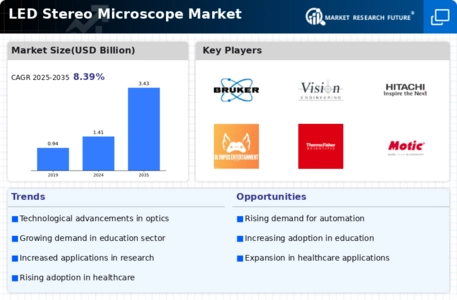
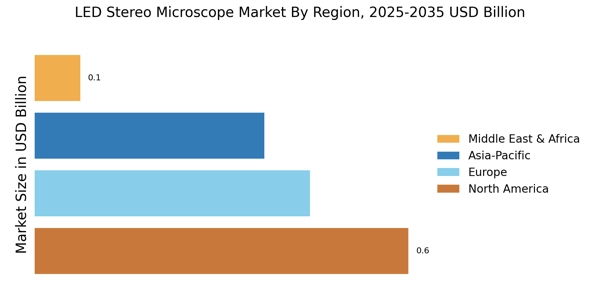
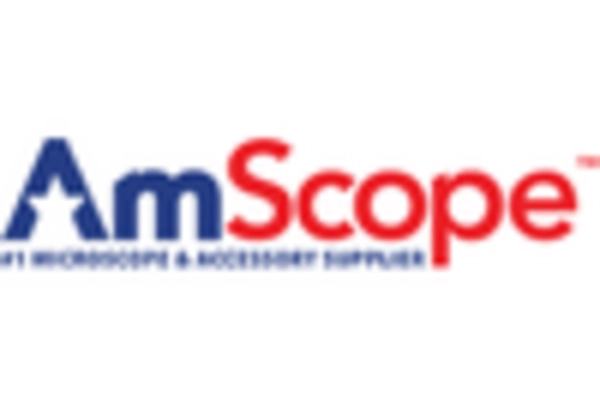
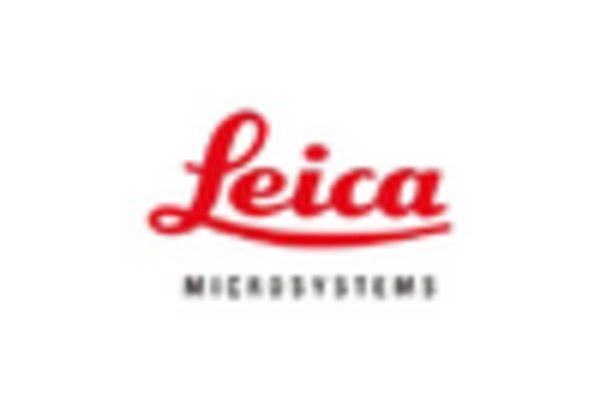

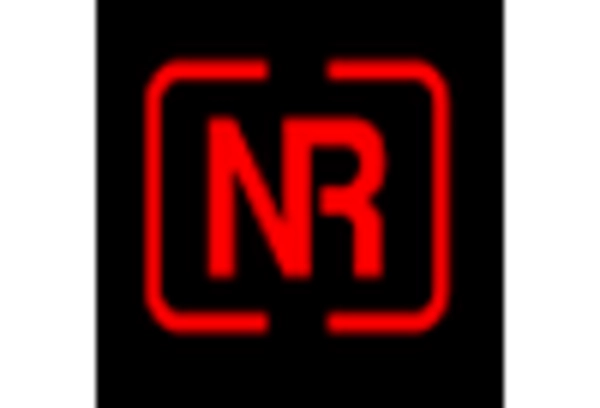










Leave a Comment